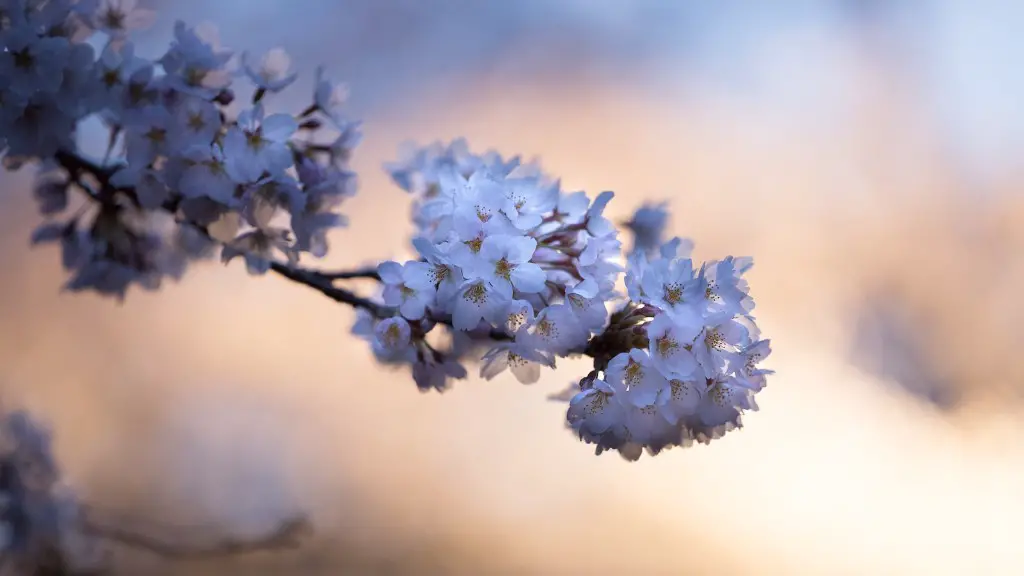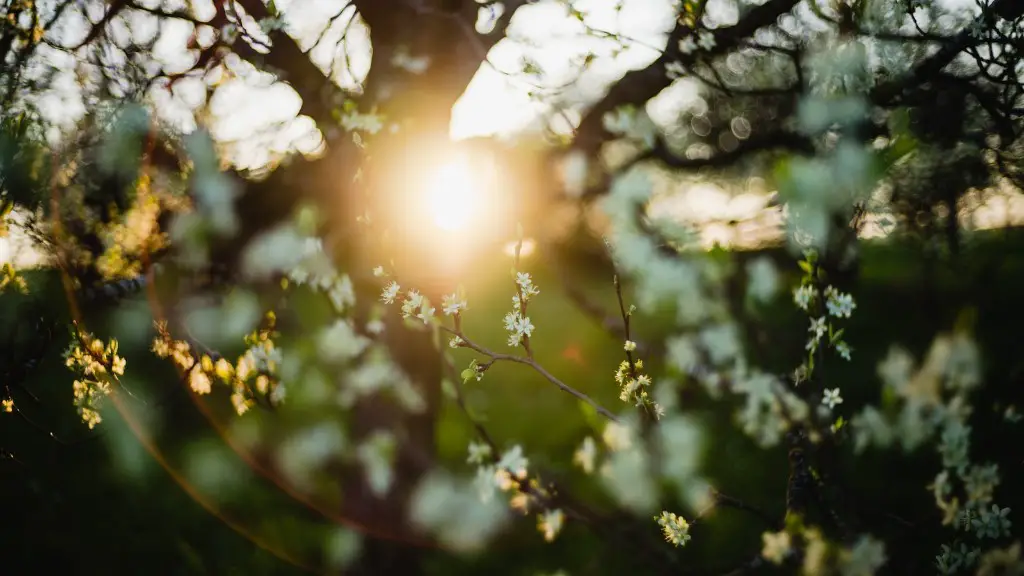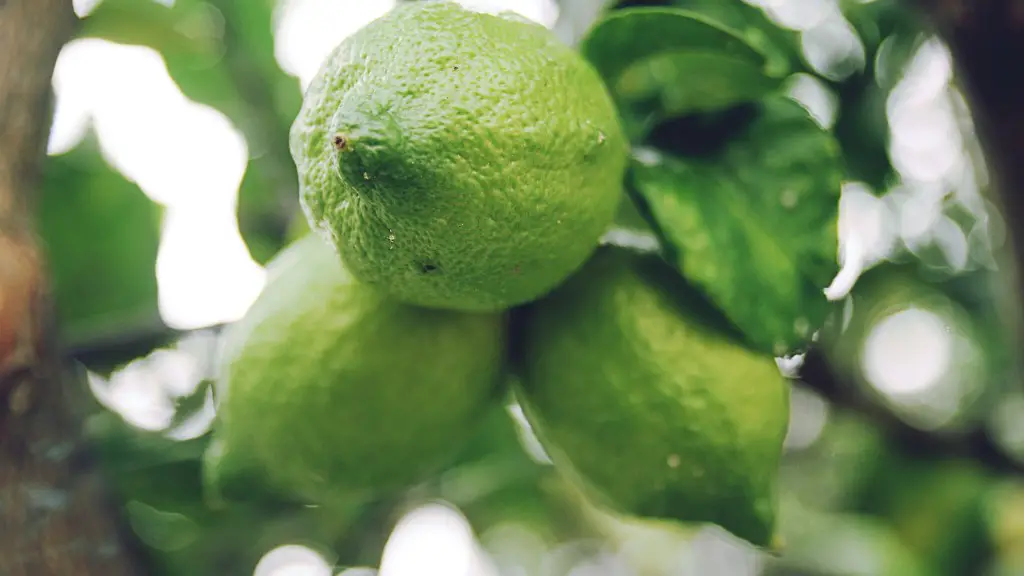Most people think lemons just grow on trees and rarely consider the fact that their tree began with just one seed. Yes! It is possible to plant a lemon tree from a lemon seed and although it is not the best method, it is possible.
It is not advised to plant a lemon tree from a seed because one cannot ensure the tree will produce quality fruit. The chance of planting a lemon tree from seed and getting fruits that taste good is about five percent. Seeds can also take a long time to germinate, sometimes up to two months, so patience is key when trying this method.
For a successful attempt, the seed must be well matured, with the white ‘black spot’ on top being very visible. The seed needs to be pre-soaked in lukewarm water for 24 hours before planting, followed by a week of soaking for two to three hours each day. It is also important to use seed raising mix to achieve optimal results.
The seed can then be planted but one should ensure the container is cleaned and sterilised first. The pot should only be filled with a little soil and then the seed be placed around an inch below the surface of the soil. After this, the pot should be placed in a light part of the house in indirect sunlight.
The tree needs to be kept in the pot until it is roughly six inches tall, as this will ensure its strength and ability to survive when re-potted in a bigger container, or even in the garden. As the tree grows, it will require regular irrigation and must not be allowed to dry out or the seedling will die. Other ways of maintaining the tree include making sure it is fertilised and regularly checked for plant pests and diseases.
Seed Collecting and Germination
Collecting healthy and viable lemon seeds for planting may not be easy for many people; most times, you will have to buy store-bought lemons for this. The seeds should preferably come from an organic lemon for the best results. The seeds should then be removed from the lemon’s pulp and washed thoroughly and completely dried in a cool, dark environment before planting.
When the seeds have successfully been planted, and all the necessary instructions have been followed, a germination process begins. After a few days, the seed will begin to germinate and some preliminary root systems begin to form. A few days later, the seedling will begin to sprout and within a few weeks, some new leaves will start to form. A healthy green colour should be visible on the leaves.
The seedling should then be moved to an area with more direct sunlight and started to be watered more regularly, as it will soon start to grow larger and out of its container. The overall goal is to produce a strong, healthy, and stable lemon tree, capable of bearing fruits for many years.
Re potting and Fertilising the Tree
Re-potting the plant into a larger pot or directly into the garden is necessary when the seedling reaches a height of between five and six inches. A larger and more nutritional soil mix needs to be used, then the root system of the tree needs to be carefully placed into the new soil. This helps the tree establish a stronger root system which is more capable of withstanding environmental stress.
The tree should then be fertilised regularly to ensure healthy growth. Although soil-based fertilisers are best, liquid fertilisers can be used on newly planted trees, while older ones require a slow-release fertiliser. The amount of fertiliser used should be proportional to the size of the tree, and should be applied just outside the root system.
Fertilisers should be applied once every few months and enough water should be added to make sure the soil reaches optimal levels of moisture.In areas that do not receive a lot of rainfall, irrigation becomes necessary for the survival of the lemon tree.
Maintaining a Robust Lemon Tree
To maintain a healthy lemon tree and ensure optimal growth and fruiting, pest and disease management is key. If an infestation or disease is noticed, it should be treated as soon as possible to avoid any damage to the tree. Chemical treatments are generally recommended, (if needed), and regular inspection of the tree should be carried out to ensure it stays healthy.
The tree should also regularly be trimmed and pruned to ensure it remains strong and stable. This helps increase air circulation, which is critical for the health of the tree. The fallen leaves and branches should also be collected and discarded to avoid excess fertilisation of the soil surrounding the tree.
Harvesting and Planting New Trees
When the tree flowers and starts producing fruits, one of the most important things to consider is when to harvest the fruits. Over-ripe lemons should be discarded and those beyond their harvesting period should also be discarded. The tree should never be allowed to produce fruits older than their prime.
Planting new trees from mature fruits is another fun activity to embark on, as it involves cutting open the fruit and removing the whole seed. The seed should then be washed, dried, and planted with the same instructions as above.
Protecting the Trees and Planting New Ones
It is important that the lemon tree, once planted and grows big enough, is protected from extreme weather, animals, and strong wind. Although this may prove to be extremely difficult in some cases, protective measures, such as building a wire or mesh fence around the tree, should be taken to ensure the stability and health of the tree.
When the tree starts producing fruits, it is also important to plant new trees from the fruits’ seeds to increase the chances of growing a quality tree and reasonable harvest. This process should be repeated every few years, or whenever the tree has produced an abundant harvest.
Conclusion
Growing a lemon tree from a single seed and successfully harvesting sweet lemons for many years is definitely possible, although the chance of success is very low. However, with careful handling and regular maintenance, it is possible to grow a healthy and robust lemon tree from a seed.




